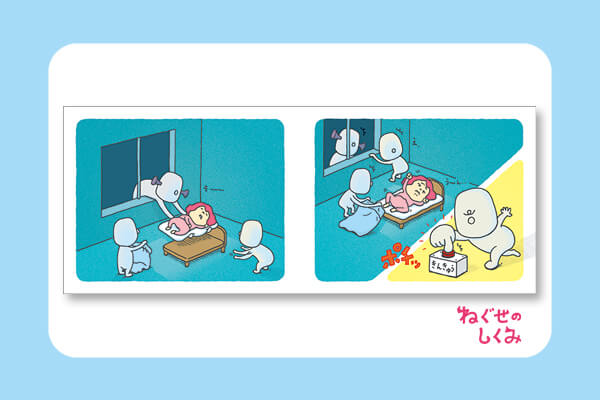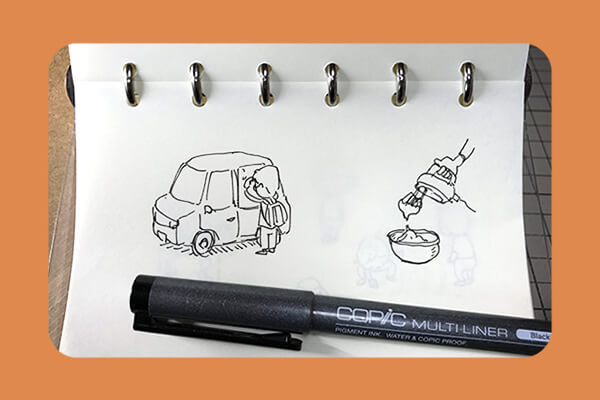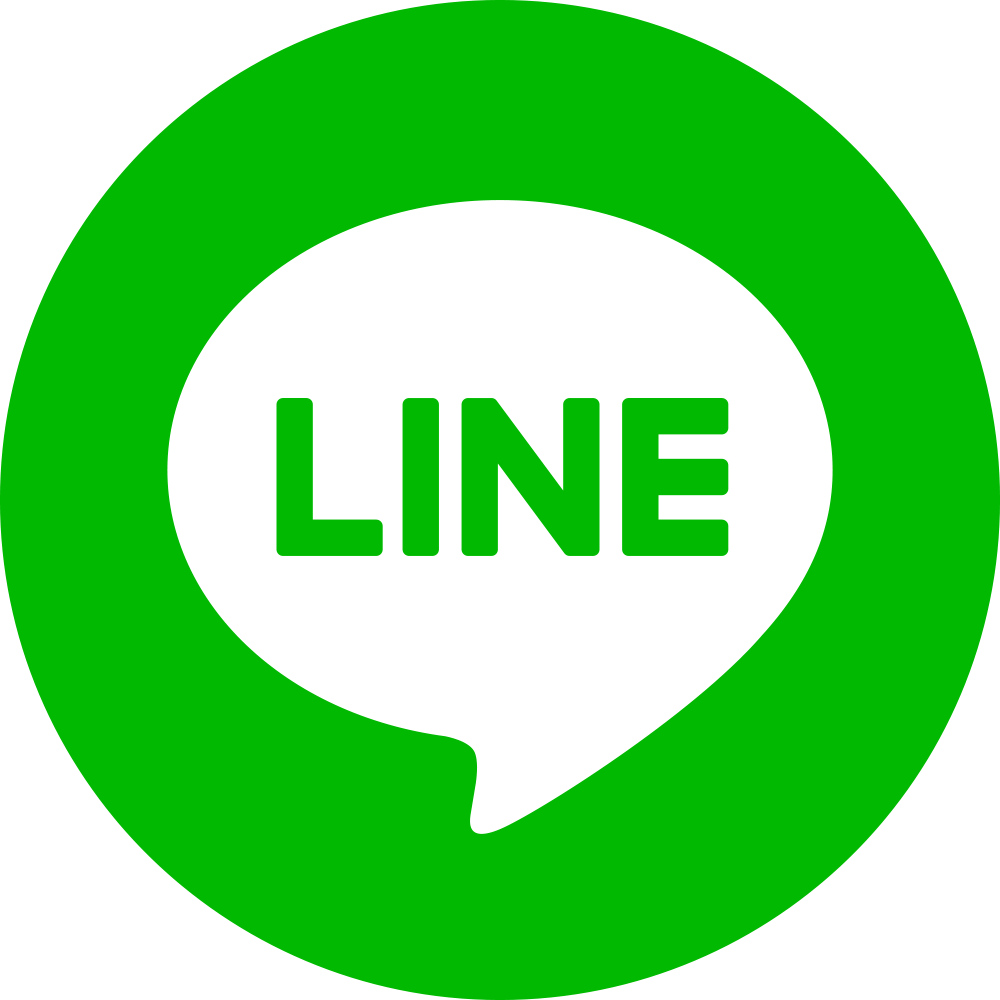- Category:
- All
- Design
- Illustration
- Manga
- Craft

Yoshitake Shinsuke
Yoshitake Shinsuke is an illustrator who was born in Kamakura in 1973.
He mainly creates illustrations and sketchbooks. His unique drawings continue to fascinate readers, and he is the recipient of the Nobody prize.
Today we are honored to interview such a famous artist. He allowed us an exclusive interview about how he gets inspiration for his works and his tools of choice.
I reread your illustration books before this interview. Where do the ideas for your unique drawings come from?
I wouldn’t be able to draw illustrations if I weren't a parent. I have two children, the oldest one being an 8th grader, and I usually come up with new ideas when I'm with them. When drawing an illustration book, I focus on what I wanted to know or thought when I was a kid myself.
When looking at my kids, I noticed that they get angry or get down the same way I did when I was younger. They feel the same things, get angry at how unfair adults can be. I started to think: "can a wide audience sympathize with this theme" or "I’ll just make this situation in an illustration book" and make artworks while taking into consideration what I learned from my children.
So, you always have in mind what kind of people is going to sympathize with your artwork. I understand now why you have a lot of adult fans.
I always receive a lot of feedback from readers, but what makes me the happiest is that the book is interesting even for adults. I put in my books what I liked or what made me curious in my younger days, but I also want to make something interesting for my current self. I want children to read my illustration books, but the parents are the ones who buy them. That's why I want to make a story that both the reader and the listeners can enjoy. For me, the most valuable thing is the difference between what you see in the same picture, based on your generation. I aspire to make illustrations that kids and adults can enjoy in their own ways.

I understand why your books are so popular with not just the kids but even among adults. Can you tell us what inspired you to create your new illustration book "Neguse no shikumi (Mechanism of Bed Hair)"?
I think people with long hair always get very messy bed hairs. In my "Neguse no shikumi" illustration book, I wanted to illustrate the mechanism behind "how you get bed hair in the morning". My kids always get very funny bed hairs every morning. It's so fun and gives you a refreshing surprise. We are unconscious while sleeping. Santa or a weird person that messes your hair could come to you when you are lying down… You can't prove that the story of the illustration book is false. I always thought that capturing things in this way would be so interesting. I've had this idea for about 5~6 years now, since I started my illustration career.

The characters don't have names in your illustrated books. Is there a particular reason behind it?
Not really. In some stories, it's okay to name the characters, but there are cases where it's better to leave them unnamed. I want people who read my books to relate to the characters. That's why I preferer not to name my characters. Still, I'd love to call them by name in the future, but I'm not very good at naming...
In your books, there is both handwritten and printed text. How do you differentiate their use?
I use handwritten text on character lines or for words and statements made by children. I use printed text for the narration. Based on the style of the writing, the same word sounds completely different. I want to use this technique effectively in the future. I always think about what kind of font and words are the best for that kind of situation.

When I was a kid, they always told me my handwriting was terrible. My teacher always encouraged me to improve it. At the start of my illustrator career, the project designer requested me to write the book title. He told me that my handwriting looks like something a middle schooler could write; that was the perfect fit for the project. It gave me the chance to understand why designers look for people with bad handwriting. When kids see my writing, they will think: "Mine is better!".
What kind of Copic products do you use for your artworks?
I always use Copic Multiliner 0.3 for my works. I tried various products before. However, The Multiliner 0.3 fit perfectly for my small drawings. I use Copic Multiliner 1.0 to sign my works.

The final line art will be made by enlarging the original picture by 2 times, after scanning the pictures.”
Thank you so much for creating such adorable illustrations with our products. Why did you choose Copic Multiliner?
At the start of my career, any art supply worked fine for me. Before Copic Multiliner, I used another brand's sign pen but that pen went out of production. I bought it hoping to use it for a long time; it was a big shock for me when the whole series disappeared. So from then, I wanted a tool that won't change or disappear for a long time. I choose Copic products because it has always been there from long ago and won't go away anytime soon.
It has been a long time since I started using Copic products. The best features of Copic are high quality, never-changing colors and their finish. Artists want to use the same tools for the longest time possible. For me, being able to buy the same product is vital.
What other art supplies do you use for your artworks?
I use Copic Multiliner on my sketches made with a mechanical pencil for line art. I have two rules for drawing: "Don't use erasable mediums only" and "Don't draw while seeing the actual thing".
When making a sketch, you tend to erase lines that came out wrong. However, if you go overboard, the pencil marks will remain on the paper no matter what you do. So, I thought that if I can't erase it anyway, I'll use a pen. I gave up on making corrections when making a mistake while using a pen since it's impossible to erase it. I reached my current drawing style by following these two rules.
Do you use Copic markers?
Yes, I own the 144 colors A and B set. I use them to draw on shikishi illustration boards or when gifting one of my books to someone. I ask a designer to do the coloring of my illustration books.
I heard you use digital coloring for your drawings, so I'm glad to hear you are using Copic markers.
I bought Copic markers 7 years ago before becoming an illustrator. After agreeing with my editor that I was no good at coloring, I started my illustrator career. Since I got the chance, it would be awesome to color my drawings myself, so I tried coloring my illustrations. When choosing my art medium, I thought the clean-up process would be annoying in the case of acryls or watercolors. That's when Copic came to my mind. You can draw comfortably without mixing the colors thanks to the great variety of tones. When you finish your work, you only have to close the markers caps. I wanted to become an illustrator that is "able to use only Copic". I bought them as an investment for my future.

When I presented the draft of my first illustrated book, "Ringo kamo shirenai (It Might Be An Apple)" (Bronze Publishing) to my editor, I tried coloring 2~3 sample pages with Copic. When my editor saw the sample pages, I was told to ask a designer to do the coloring. Thanks to that suggestion, I got my drawings beautifully colored. I gave up coloring my works because the illustration book reached a wider audience than I could ever hope to achieve with my colored illustrations.
I would love to see your illustration books colored with Copic markers in the future.
I know that Copic is only a medium; if you are skilled enough, you will bring out their full potential. I'm keeping my Copic markers because I still regret not being able to master them. Copic is not one of my main art mediums, but they come in handy when I have to make something to give to someone. Buying Copic markers is one of the reasons that made me a professional. It feels good just having it there because they look neat, and they still have my memories and the feelings of the time I bought the markers packed inside them.
Thank you so much for this precious opportunity today. Do you have a message to people who aim to be an illustrator or interested in illustrated books?
Take your time. Back then, I never thought to become an illustrated book artist. I'm not able to draw everything, and there are a lot of things that I can't do yet. You have to take time to find your style with the means you have. For example, in illustration bookmaking, you start drawing large artworks to shrink them later for printing. In my case, I start with small drawings and expand them later. This process is possible because I outsource the coloring to somebody. That is the main reason people got interested in my work. I didn't follow a premade path. That's why it was easy for me to let go of coloring.

To find your style, you have to improve and put together the things you have. If you don't have fun in the makings, others won't enjoy watching your drawings. When you make something you love, and that others can love it as well, you are golden. If 30 people love your artwork, you can call it a hobby. If that number becomes 3000, you can become a professional. It's just the number of people that love your drawings that makes the difference.
If you can make a fun trial and error routine, it will be easier to prepare yourself to show others your artwork. It's hard to understand if that artwork will catch the eyes of people. I think the illustration world has a lot of these peculiar rules. You don't need a special qualification or experience to draw something. There are many successful examples of people that reached astonishing results thanks to their "inexperience". It is a very cozy world where you don't need to aim at the top to stay. That's why the expressive worlds of both drawing and writing are very kind to users.






